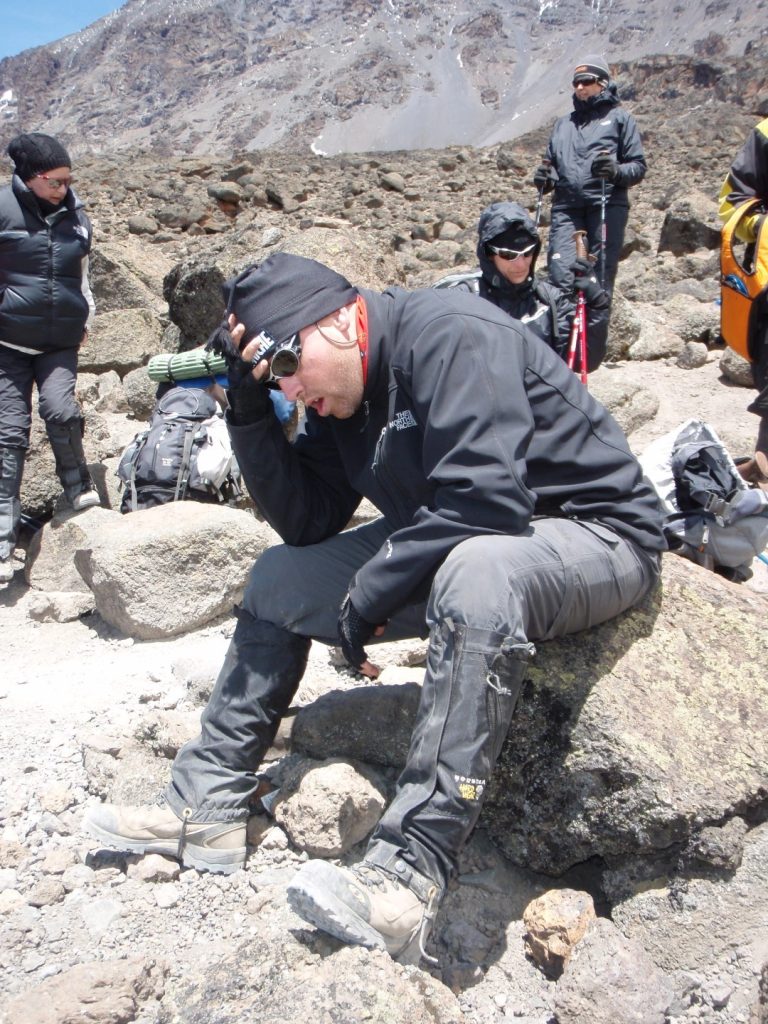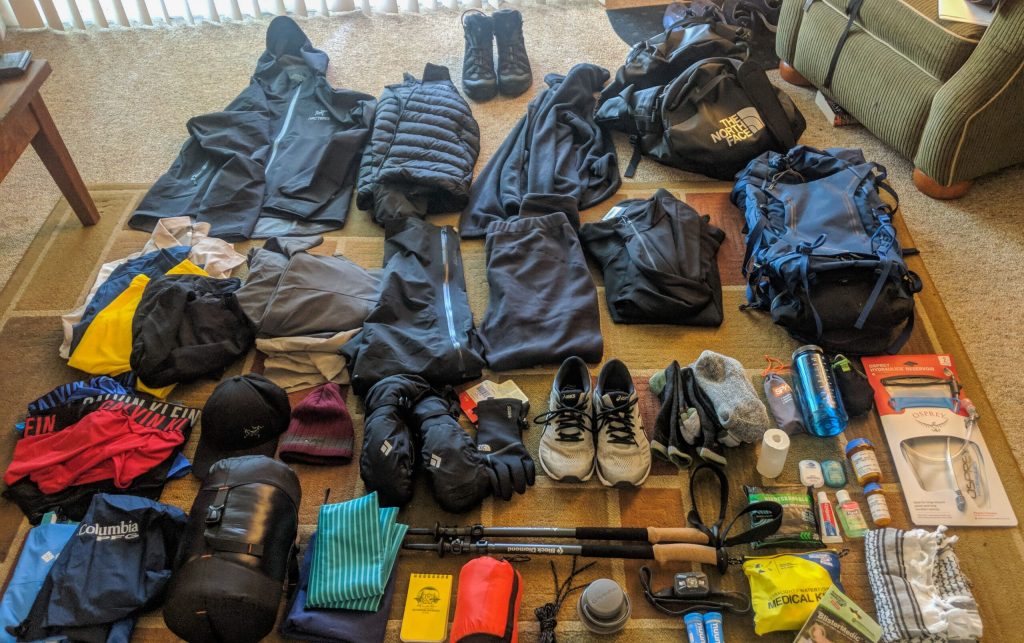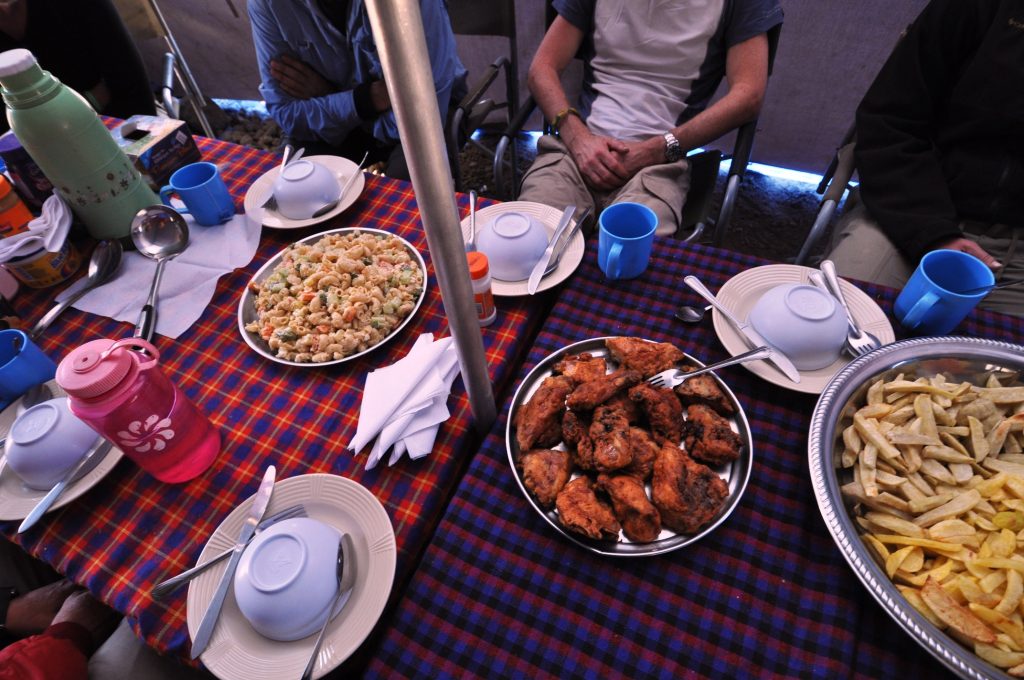Tips for mount kilimanjaro altitude sickness: Comprehensive Guide to Preventing and Managing Altitude Sickness on Mount Kilimanjaro
Mount Kilimanjaro, standing at 5,895 meters above sea level, is a dream destination for adventurers and trekkers. However, the journey to Uhuru Peak is fraught with challenges, one of the most significant being altitude sickness. Also known as acute mountain sickness (AMS), altitude sickness can affect climbers at elevations above 2,500 meters. Proper understanding and preparation are crucial to prevent and manage this condition. This comprehensive guide provides 3,000 words worth of valuable tips and information to help you have a safe and successful Kilimanjaro climb.
Understanding Altitude Sickness
What is Altitude Sickness?
Altitude sickness occurs when you cannot get enough oxygen from the air at high altitudes. As you ascend, the air pressure decreases, making it harder for oxygen to enter your bloodstream. This can cause a range of symptoms from mild to life-threatening.
Types of Altitude Sickness
- Acute Mountain Sickness (AMS): The most common form, with symptoms including headache, nausea, dizziness, and fatigue.
- High Altitude Pulmonary Edema (HAPE): A buildup of fluid in the lungs, potentially fatal if not treated.
- High Altitude Cerebral Edema (HACE): Swelling of the brain due to fluid leakage, also potentially fatal.
Symptoms of Altitude Sickness
- Mild Symptoms (AMS): Headache, nausea, dizziness, loss of appetite, shortness of breath, and fatigue.
- Moderate Symptoms: Severe headache unresponsive to medication, nausea and vomiting, increased dizziness, and decreased coordination.
- Severe Symptoms (HAPE/HACE): Confusion, inability to walk, shortness of breath at rest, coughing up frothy sputum, and loss of consciousness.
Prevention Strategies
Gradual Ascent
The best way to prevent altitude sickness is to ascend slowly. This gives your body time to adjust to the lower oxygen levels.
- Follow Recommended Itineraries: Choose a route that allows for gradual ascent. Longer routes such as the Lemosho or Northern Circuit are ideal for acclimatization.
- Climb High, Sleep Low: Ascend to a higher altitude during the day but return to a lower altitude to sleep. This technique helps your body acclimatize.
Acclimatization
Proper acclimatization is key to preventing altitude sickness.
- Rest Days: Include rest days in your itinerary. For example, spend an extra day at Horombo Hut or Karanga Camp to help your body adjust.
- Hydration: Drink plenty of fluids. Dehydration can exacerbate symptoms of altitude sickness. Aim for 3-4 liters of water per day.
- Balanced Diet: Eat a high-calorie diet with a balance of carbohydrates, proteins, and fats to maintain energy levels.
Physical Conditioning
Being in good physical condition can help your body cope with the stresses of high altitude.
- Cardiovascular Training: Engage in aerobic exercises such as running, cycling, and swimming to improve your cardiovascular fitness.
- Strength Training: Build strength in your legs, core, and upper body to handle the demands of hiking with a backpack.
- Practice Hikes: Hike at lower altitudes with similar gear to get used to the physical demands of the trek.
Medications
Certain medications can help prevent and alleviate symptoms of altitude sickness.
- Acetazolamide (Diamox): This medication helps the body acclimatize faster and reduces symptoms of AMS. Consult your doctor for dosage recommendations.
- Dexamethasone: A steroid used to treat severe AMS, HAPE, and HACE. It should only be used under medical supervision.
- Ibuprofen/Paracetamol: For treating headaches and mild symptoms.
Oxygen
Supplemental oxygen can be a lifesaver at high altitudes.
- Portable Oxygen Systems: Carry portable oxygen systems as a backup in case of severe symptoms.
Oxygen Concentrators: Some guided tours provide oxygen concentrators at higher camps for emergencies.
Monitoring Health
Regular monitoring of your health is crucial during the ascent.
- Buddy System: Climb with a partner or group. Watch for symptoms in each other and ensure everyone is feeling well.
- Daily Check-ins: Conduct daily health check-ins with your guide to monitor your symptoms and oxygen levels.
- Pulse Oximeter: Carry a pulse oximeter to check your oxygen saturation levels regularly.

Managing Altitude Sickness
Recognizing Symptoms Early
Early recognition and response are vital to managing altitude sickness.
- Listen to Your Body: Pay attention to how you feel and be honest about your symptoms.
- Report Symptoms: Inform your guide or a medical professional immediately if you experience symptoms of AMS, HAPE, or HACE.
Immediate Actions
If symptoms occur, take immediate steps to manage them.
- Rest: Stop and rest if you feel unwell. Do not continue ascending with symptoms of altitude sickness.
- Hydrate: Drink water to stay hydrated.
- Medication: Take appropriate medications as advised by your doctor.
Descending
Descending to a lower altitude is the most effective treatment for severe altitude sickness.
- Immediate Descent: If symptoms worsen or do not improve with rest and medication, descend immediately.
- Guided Descent: Always descend with a guide who can assist you and ensure your safety.
Emergency Response
In case of severe symptoms, follow these emergency response steps.
- Administer Oxygen: Use supplemental oxygen if available.
- Seek Medical Help: If symptoms are severe or do not improve with initial treatment, seek medical help immediately.
- Evacuation: In extreme cases, arrange for emergency evacuation. Many tour operators include this service as part of their package.
Practical Tips for Climbing Kilimanjaro
Gear and Equipment
Proper gear can make a significant difference in your comfort and safety.
- Clothing: Layered clothing is essential for managing varying temperatures. Include moisture-wicking base layers, insulating mid-layers, and waterproof outer layers.
- Footwear: High-quality, broken-in hiking boots with good ankle support are crucial. Carry extra socks to keep your feet dry.
- Backpack: A well-fitted backpack with a hydration system allows you to carry essentials and stay hydrated.

Nutrition
Maintaining a proper diet is crucial for energy and acclimatization.
- High-Calorie Snacks: Carry energy bars, nuts, and dried fruits for quick energy boosts.
- Meals: Eat regular, balanced meals. Include carbohydrates for energy and proteins for muscle repair.
- Electrolytes: Use electrolyte tablets or drinks to replace salts lost through sweating.
Hydration
Staying hydrated is crucial at high altitudes.
- Water Purification: Use water purification tablets or a portable filter to ensure safe drinking water.
- Hydration Packs: Use a hydration pack to make drinking water more convenient while hiking.

Mental Preparation
Mental strength is just as important as physical fitness.
- Positive Attitude: Maintain a positive attitude and focus on the journey rather than the destination.
- Mindfulness: Practice mindfulness and breathing techniques to stay calm and centered.
- Support System: Encourage and support your fellow climbers. A strong support system can make a significant difference.
Guided Tours
Choosing a reputable tour operator can enhance your safety and experience.
- Experienced Guides: Ensure your guide is experienced and knowledgeable about altitude sickness.
- Safety Measures: Check that your tour operator includes safety measures such as emergency oxygen and medical kits.
- Group Size: Smaller groups allow for better support and monitoring.

Climbing Mount Kilimanjaro is an incredible adventure that offers breathtaking views, personal achievement, and unforgettable memories. However, altitude sickness is a real and significant challenge that should not be underestimated. By understanding the risks, preparing adequately, and taking preventative measures, you can increase your chances of reaching Uhuru Peak safely.
Remember to ascend gradually, stay hydrated, eat well, and listen to your body. Use medications responsibly, monitor your health, and be ready to descend if necessary. With the right preparation and mindset, you can conquer Kilimanjaro and enjoy the journey to the roof of Africa. Happy climbing!

